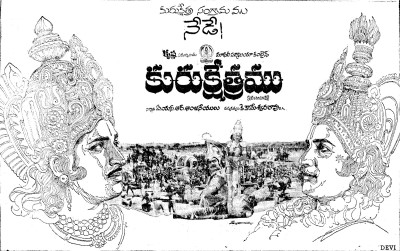
“It is so simple to be happy, but it is so difficult to be simple.” This iconic dialogue from the movie ‘Bawarchi’ encapsulates the essence of this timeless classic. A film that I keep revisiting, ‘Bawarchi’ is a heartwarming portrayal of a mysterious cook who brings happiness and unity to a dysfunctional family through his culinary skills and wisdom.
The film opens with a hilarious scene that sets the tone for the rest of the movie. An old man shouts ‘munna’, and to our surprise, it’s not a young boy who shows up, but a grown man played by the brilliant A.K. Hangal. This unexpected twist adds a touch of humor right from the start, making the audience instantly connect with the film’s light-hearted narrative.
Directed by Hrishikesh Mukerjee and starring Rajesh Khanna, ‘Bawarchi’ is a testament to the simplicity and depth of Indian cinema. The narrative revolves around a cook, played by Khanna, who enters the lives of a squabbling family and transforms their home with his positive energy and delicious food. The film beautifully explores the themes of unity, simplicity, and the pursuit of happiness, leaving a lasting impression on its viewers.
One of the most memorable aspects of ‘Bawarchi’ is its dialogues, filled with wisdom and humor. The aforementioned iconic dialogue is a perfect example of this, beautifully conveying the movie’s central theme of finding happiness in simplicity and unity. It’s a philosophy that Rajesh Khanna’s character, the Bawarchi, embodies throughout the film, and it’s a philosophy that continues to resonate with me every time I revisit this classic.
The acting and crew behind ‘Bawarchi’ were instrumental in bringing the film’s heartwarming narrative to life. Rajesh Khanna’s portrayal of the mysterious cook, Bawarchi, is notable for its charm and depth. His performance is a testament to his talent and versatility as an actor. Khanna’s ability to embody the philosophy and wisdom of his character is a significant factor that makes the film a timeless classic.
Director Hrishikesh Mukerjee, acclaimed for his ability to create meaningful cinema, also played a crucial role in shaping the film’s narrative. His direction allowed the film’s message of unity and simplicity to shine through, making ‘Bawarchi’ a standout in his filmography.
Amazon Prime Video, with its extensive library of films, has been showcasing a treasure trove of classics and rare gems from the world of cinema. These films, often overlooked amidst the flashier new releases, offer a unique blend of nostalgia and timeless narratives that continue to resonate with audiences. This endeavor by Amazon Prime Video is a commendable step towards preserving the rich legacy of global cinema and providing a platform for these timeless narratives to shine.
In conclusion, ‘Bawarchi’ is more than just a film; it’s a timeless narrative that continues to inspire and entertain. Its enduring charm and wisdom, coupled with its humorous opening scene, make it a classic that is worth revisiting time and again. And thanks to platforms like Amazon Prime Video, we can continue to enjoy these classics and appreciate the rich legacy of cinema.


